Equipment
The book on belly putters
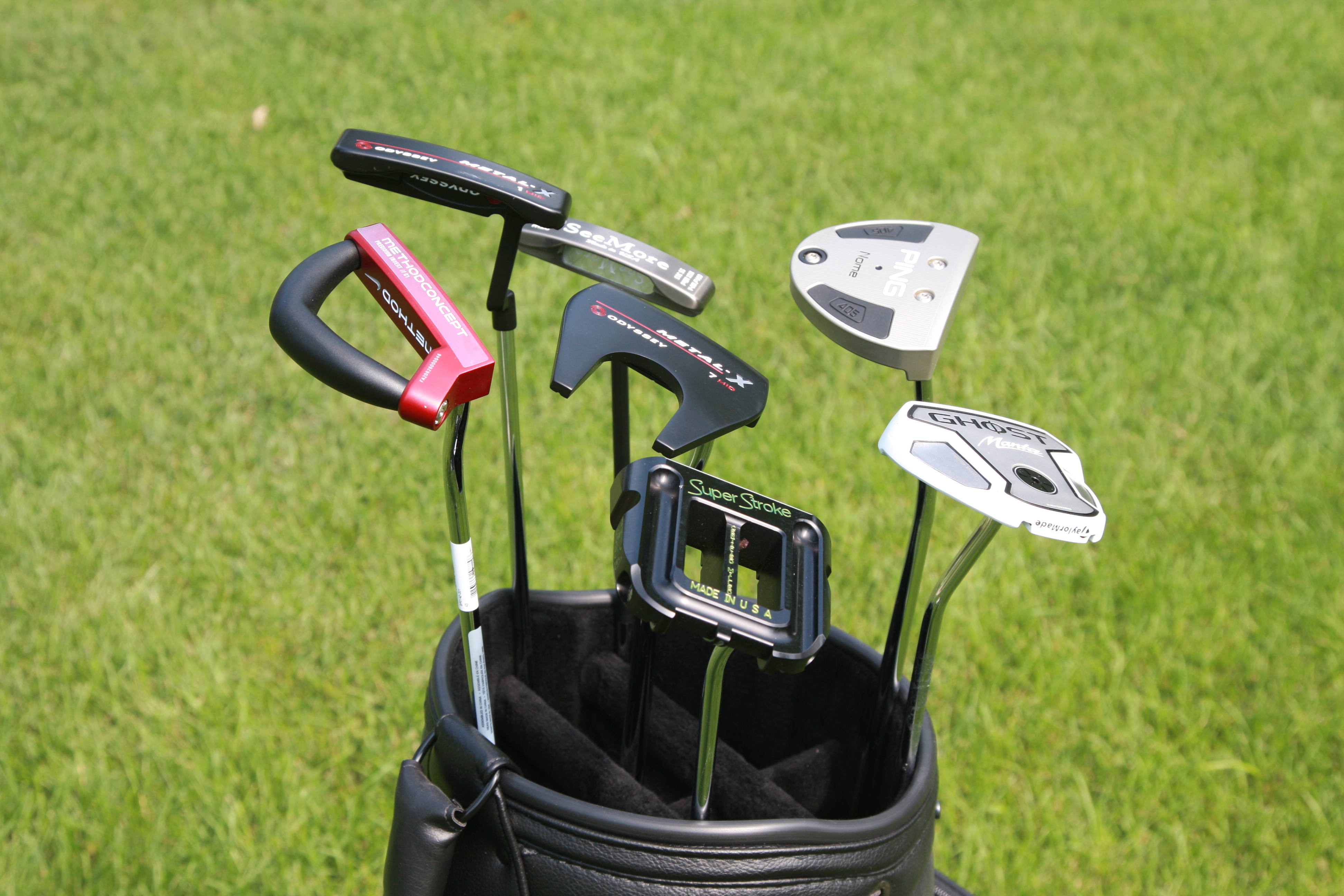
By Zak Kozuchowski
GolfWRX Managing Editor
It was a putt we’ve seen Ernie Els miss countless times in recent years – one that he needed to make.
Els stood over his 12-foot birdie putt on No. 18 at the British Open needing a birdie for a chance to win the tournament. After a confident swing of the putter, Els watched his putt roll firmly in the back of the cup. He let the putter drop from his belly and raised his fist to the sky. Shortly afterward, he was raising his second Claret Jug.
Maybe more shocking than Els’ fourth major championship victory is the hype that surrounds the tool that helped navigate the greens at Royal Lytham and St. Annes – a putter anchored in the midsection, or a belly putter.
Els’ win marks the third time in the last four majors that the winner has used a belly putter. Keegan Bradley became the first player to win a major with a belly putter at the 2011 PGA Championship. Webb Simpson won the 2012 U.S. Open using a belly putter as well. Add up their prize money up, and that’s 4,330,000 reasons to putt like them.
That’s why GolfWRX talked to leading putter fitters and designers to provide you with everything you need to know about belly putters. We’ll help you decide if a belly putter is right for you, how to get fit, and even how to use one.
Click here for more discussion in the “Putter Forum.”
Is a belly putter right for you?
The first thing golfers need to understand about belly putters, according to David Franklin, who led the development of Nike’s Method putters, is that they are not better at rolling a ball on the putting green. A belly putter changes the stroke itself, allowing some players to position their bodies more consistently over the ball. This makes belly putters a bad option for “feel putters,” golfers that depend on the small muscles in their hands and arms to judge pace and line on the putting green.
Since belly putters are anchored to a golfer’s midsection, they remove one axis of the putting stroke, the horizontal and vertical movement of the butt end of the putter grip. This is ideal for players that struggle with the path of their stroke, as belly putters help to stabilize a consistent path during the back and forward stroke.
“A belly putter really helps if a golfer is wristy at impact, because there is no release at impact with a belly putter,” Franklin said. “But it kills a feel putter, because it makes the stroke more mechanical.”
Ben Crenshaw, a two-time major champion who Franklin called one of the best feel putters of all time, is a player that continues to use a short putter with great success on the Champions Tour. Many of golf’s older stars learned putting mostly on their own, generally without the aid of a putting guru. According to Franklin, Crenshaw and players like him would suffer on the putting green if they made the switch to a belly putter.
But the new generation of golfers is more structured and coached than the players of the past. As a result, most are more mechanical, which is why Frankin said we are seeing a departure from short putters from some professional golfers. The putting greens of today have become much more consistent as well, which places even more emphasis on the precision with which Tour players hit their putts.
But most golfers won’t be able to achieve the precision of professional golfers, regardless of what type of putter their use, as very few can practice their putting as much as the pros do. Most recreational golfers are after consistency, which is exactly what a belly putter provides. A well-fit belly putter will put a player in the correct posture, reinforce proper path and allow golfers to repeatedly align their eyes in the desired position.
Choosing the right length
If you’ve decided that a belly putter is right for you, then the first step is find one that is the correct length. But choosing the correct length belly putter is not as straight forward as fitting the other 13 clubs in the bag. Belly putter length varies depending on a golfer’s height, posture, style, eye position and the size of their midsection.
Even for Els, finding the right belly putter was a chore. Els initially began using a 43.5-inch belly putter that was anchored in his belly button. According to Austie Rollinson, Principal Designer for Odyssey, Els envisioned the perfect stroke as one that kept the butt end of the putter pointed at his belly button throughout the stroke. But when Els anchored the putter in that position, it caused him crouch over the ball at address.
Els had his putter lengthened to 44.5 inches, which allowed him to stand taller — a change that felt more comfortable. It also moved the anchor position of the putter above his belly button. This is different than Keegan Bradley, who uses a 46.25-inch belly putter that anchored forward of his belly button at address. The longer length and lower anchor position moves him further away from the ball than Els.
“With a short putter, a lot of times, the pivot point is behind the head,” Rollinson said. “But with a belly putter, the pivot point is in the belly. This creates a tighter arc. With a belly putter, the path of the putter head is going to have more of an arc around the body, so the radius of the stroke is going to be shorter because it’s pivoting more around. Players that use belly putters have to trust this tighter arc.”
Since Bradley stands further away from the ball than Els, his putting stroke has more arc. But according to Rollinson, it doesn’t matter how much arc a stroke has. The key to great putting is keeping the face perpendicular to the path of the stroke, which is exactly what belly putters help golfer do.
PING recently released an adjustable length belly putter this year, the PING Nome 405, which is legal for tournament play can help golfers hasten the process of finding the right length belly putter.
“Even if golfers are the same height and shape, they might have a technique that’s different,” said Brad Schweigert, Director of Engineering for PING. “[Belly putter fitting] is more than a one time thing. It’s constant adjustments.”
Along with finding the proper length, golfers must also find a putter with the proper lie angle, which can make the process of picking a belly putter even more difficult. But during testing of PING’s adjustable length putter, Schweigert found a constant. He said that length changes have been very successful at creating the proper lie angle for most golfers. Although the actual lie angle of a putter itself doesn’t change with length adjustments, the relative lie angle does adapt based on the changes a player makes to their setup with a longer or shorter belly putter. This makes lie angle much less of a factor.
Choosing the right belly putter head
Another important part of fitting a belly putter is choosing the right type of putter head. Franklin said that modern putter heads, those with a deeper center of gravity, are more conducive to belly putter designs because they help golfers accelerate the putter head during the stroke. That’s why Nike Golf is expanding their belly putter lineup with a new mallet putter that will be available in November 2012, a Method Core W11 that is based on the long putter Carl Pettersson used to win the 2012 RBC Heritage.
Click here for more discussion in the “Putter Forum.”
Michael Fox, global product category manager for TaylorMade putters and wedges, said that larger putter heads are a natural choice for belly putters. Their increased MOI adds more stability, and the different options of alignment features that larger putter heads provide can help players align the putter face with more consistency.
“A lot more guys that were using blades are using high-performance mallet putters,” Fox said. “They’re all looking for stability, and for that reason, they’re playing heads we never thought they’d play five years ago.”
PING has followed the trend of creating larger mallets for most of their belly putter designs, but the company has also placed an emphasis on matching the toe hang of a putter head to a player’s stroke type. Toe hang refers to the position the putter head hangs when the putter shaft is balanced while to the ground. Putters that have a face that points to the sky at this position are called face balanced. The more the putter’s toe points to the ground at this position, the more toe hang it has.
Schweigert has noticed that tour players and amateurs tend to increase the amount of arc in their putting strokes when they are using a properly fit belly putter. PING’s iPing putter app for iPhone uses a numeric scale to measure the amount that a putter face rotates during the stroke. Results less than 3.5 are deemed “straight” strokes, while strokes that measure more than 7.5 are considered to have a strong arc. All the strokes in between are deemed to have a “slight arc.”
Schweight said that players don’t usually change categories when using a belly putter – for example, if a golfer has a slight arc in their stroke they usually remain in the same category with a belly putter. But when a player with a stroke that measures between four and five with a short putter changes to a belly putter, their arc usually increases to between five and six.
For this reason, PING sells its belly putters with different amounts of toe hang by changing the bend of the shaft, which means that any of the company’s putters can be purchased to match a straight, slight arc or strong arc stroke.
How to use a belly putter
So now for the big question – how do you use a belly putter? Bruce Sizemore, putter designer for SuperStroke, has been fitting professional golfers for belly putters for over a decade. He said that using a belly putter is a straightforward process – a golfer should try and mimic the setup and stroke that he or she currently uses with a short putter.
“Even though the stroke may not be identical to your normal putting stroke, it should be close,” Sizemore said. “Set up to your short putter, and then switch out to a belly-style length. Most golfers will stand a little taller with a belly putter, but you should come close to fitting the same posture and eye position.”
And just because they are called “belly putters” doesn’t mean that the putter has to be anchored in line with a golfer’s belly button. Players that prefer their hands to be in a forward-press position at address with a short putter should experiment with keeping that position with a belly putter. Keep in mind, however, that such a change may require more loft to be added to the putter.
Choosing the right weight
A general rule for putters is that as a putter gets shorter, it also should get heavier. That’s why a 33-inch putter head typically weighs about 350 grams and a 35-inch putter generally weighs about 330 grams. But unlike short putters, as belly putters get longer, putter heads are usually made heavier.
The reason belly putter heads are heavier than short putter heads is because golfers who use belly putters generally do not grip the putter at the end of the shaft — they position their hands in the lower section of the grip. Because of this, belly putter heads have to be made heavier to counter balance the added weight that is above the golfer’s hands at address.
To help golfers dial in the right feel, many belly putters on the market are made with removable weights. Most stock belly putter heads are manufactured with a head weight of 400 grams. Sizemore’s advice is for golfers to experiment with putter heads that are as heavy as possible, as the heavier weight can add stability to the stroke.
“I like to get somebody into a putter that’s the heaviest head weight that feels comfortable to them,” Sizemore said. “When they say, ‘I think that’s enough,’ then I dial it back.”
Another option for changing the feel of a belly putter is to change the putter’s grip. When golfers choose grips for short putters, their main concerns are finding a comfortable size model with a likeable texture and softness. Since most putter grips are roughly the same weight, weight does not generally play that big of a role.
For belly putter grips, however, choosing a grip with the correct weight is more important. Taller players generally need longer belly putter grips to accommodate their increased arm length. This can add weight to the putter, throwing off its balance. For this reason, several companies are offering belly putter grips in different lengths with different weights.
Nike Golf’s Drone and Concept belly putters come standard with a 43-inch length and a total weight of 730 grams – that’s a 390-gram head, a 185-gram shaft and a 155 gram grip. Vijay Singh, however, is using a SuperStroke belly putter grip that weighs 85 grams. The grip also has an extremely large diameter, 1.3 inches. The larger grip helps Singh quiet his hands throughout the stroke, but it also serves another purpose for belly putters. The larger butt section of the grip adds stability to the stroke when it is anchored to a golfer’s midsection.
Is belly putting cheating?
Of the six putter fitters and designers I interviewed for this story, only one said that using a belly putter is “definitely” cheating. The rest were happy that golfers are finally starting to look at different ways of putting, which they believe will cause golfers to become more excited about the most crucial part of the game.
Those that call belly putter cheating, a group that strangely includes Ernie Els, point to the fact that having a putter anchored in a golfer’s midsection helps a player steady his or her nerves while standing over pressure putts. And the fact that players using belly putters have won three of the last four majors is validation of that.
But belly putters don’t help golfers read greens or judge speed, which is easily the most difficult part of putting. Consider also that Els’ 122 putts at the British Open ranked tied for 71st out of the 83 players who made the cut. Obviously, Els’ win had much more to do with his ball striking than his performance on the greens.
But Els did make the putt that counted most, and since there is currently no way of testing if a belly putters help players make putts under pressure, we’ll never know if it was the putter or the puttee that deserves credit for Els’ last birdie.
For years, some competitive golfers have hesitated to make the switch to belly putters out of fear that golf’s ruling bodies may eventually ban them. While golfers can’t be sure what golf’s ruling bodies will decide, they should be sure of one thing. At this moment, some of golf’s best players believe that a belly putter will help them putt better. And simply put, less putts are more fun.
Click here for more discussion in the “Putter Forum.”
- LIKE0
- LEGIT0
- WOW0
- LOL0
- IDHT0
- FLOP0
- OB0
- SHANK0
Whats in the Bag
Patrick Reed WITB 2024 (May)
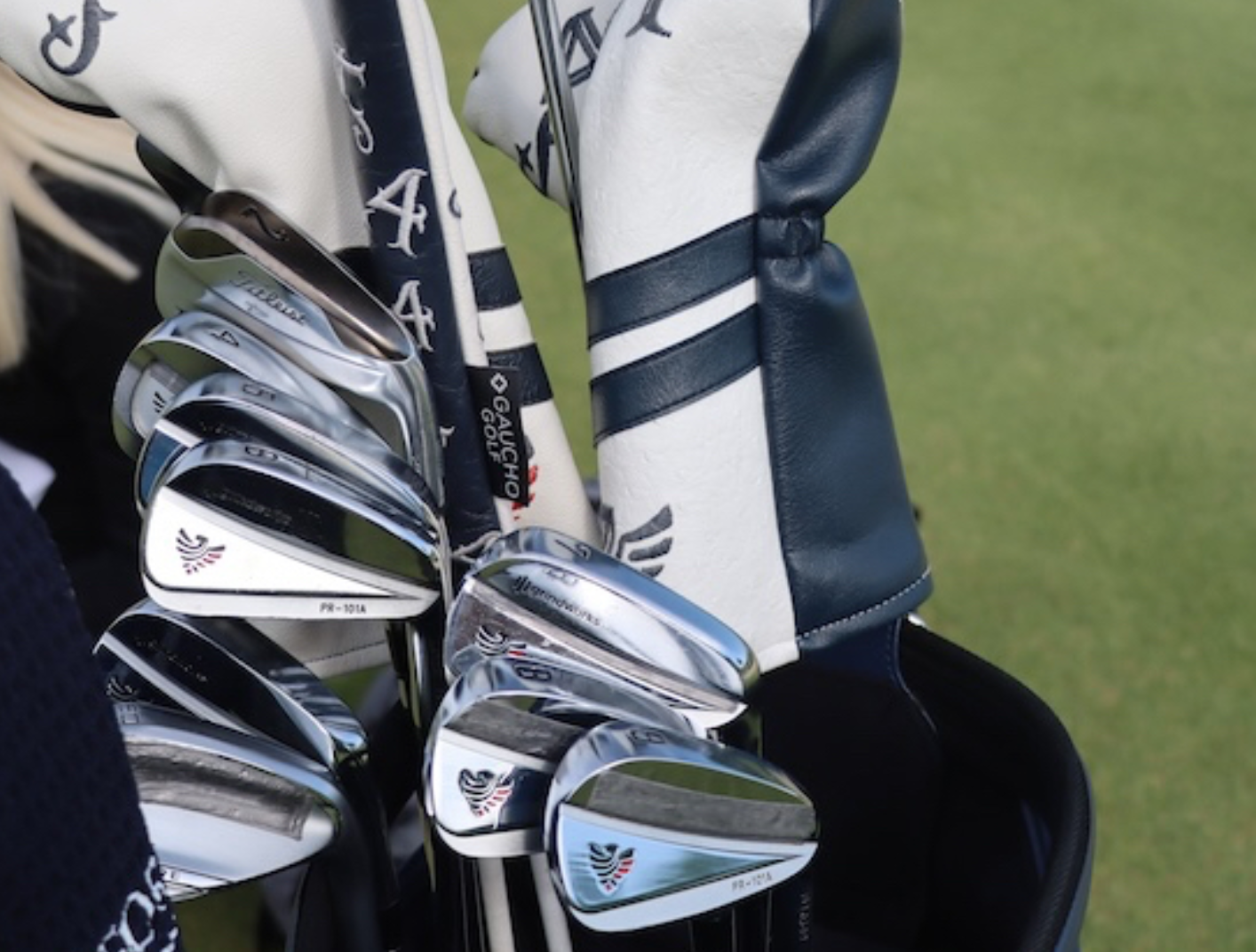
- Patrick Reed what’s in the bag accurate as of the PGA Championship. More photos from the event here.
Driver: Ping G400 (8.5 degrees)
Shaft: Aldila Rogue Silver 125 MSI 70 Tour X
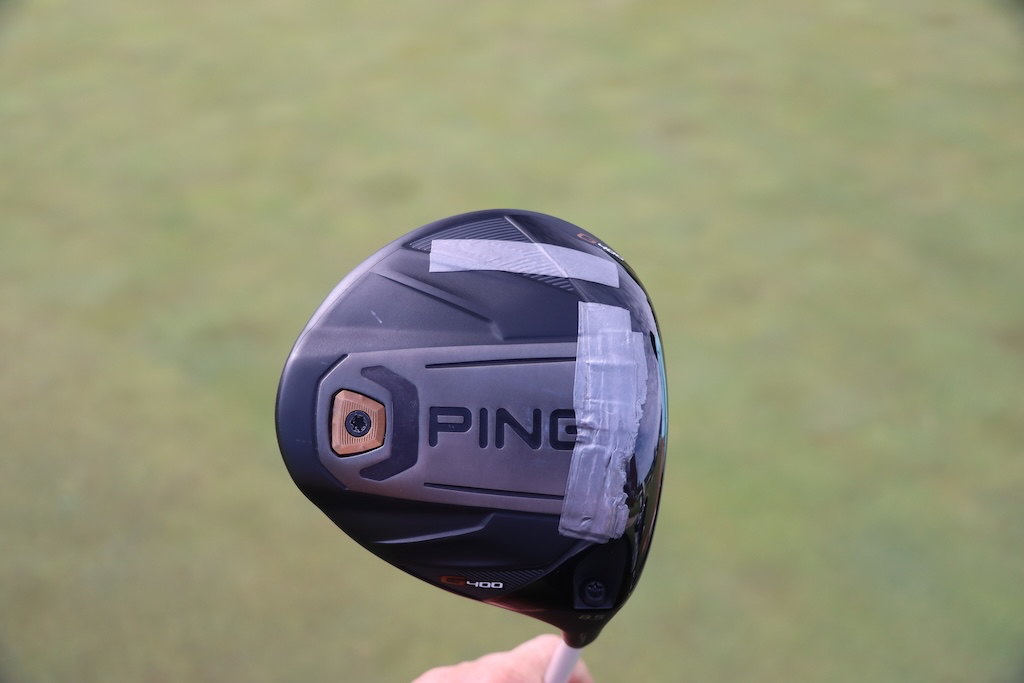

3-wood: Callaway Paradym Ai Smoke Triple Diamond (15 degrees)
Shaft: Aldila Rogue Silver 125MSI 80 Tour X
Hybrid: Callaway Apex Pro (18 degrees)
Shaft: Aldila RIP Phenom Hybrid 100 TX
Irons: Titleist 716 TMB (2), Grindworks PR-202 (4), Grindworks PR-101A (5-PW)
Shafts: True Temper Dynamic Gold Tour Issue X100
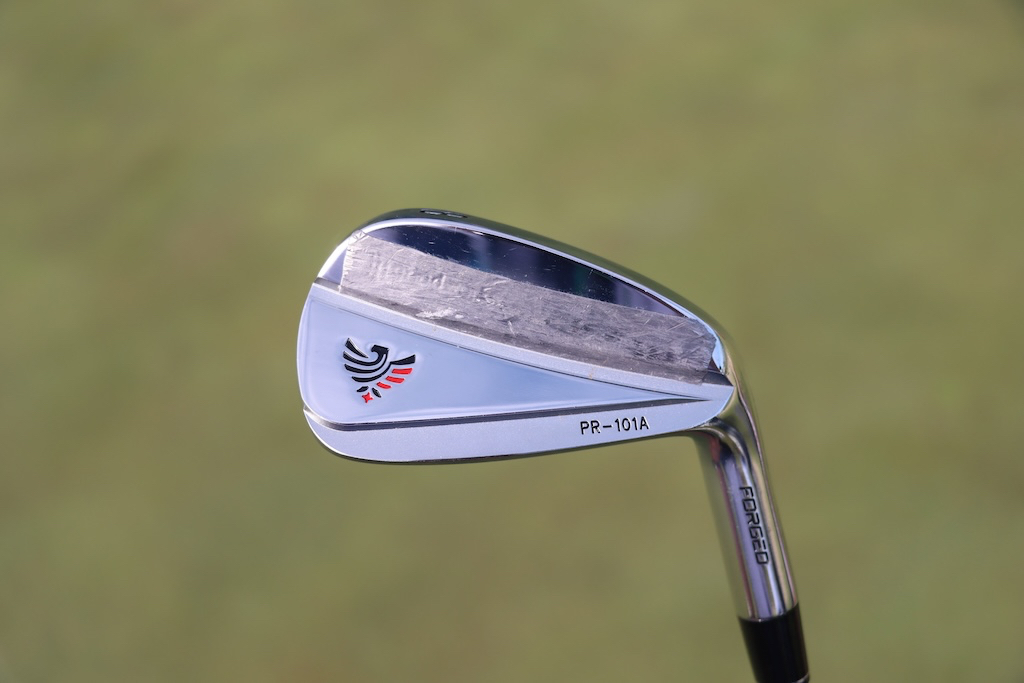

Wedges: Cleveland RTX ZipCore (50-10 Mid), Titleist Vokey Design SM9 (56-08M @55), SM10 (60-04T)
Shafts: True Temper Dynamic Gold Tour Issue S400
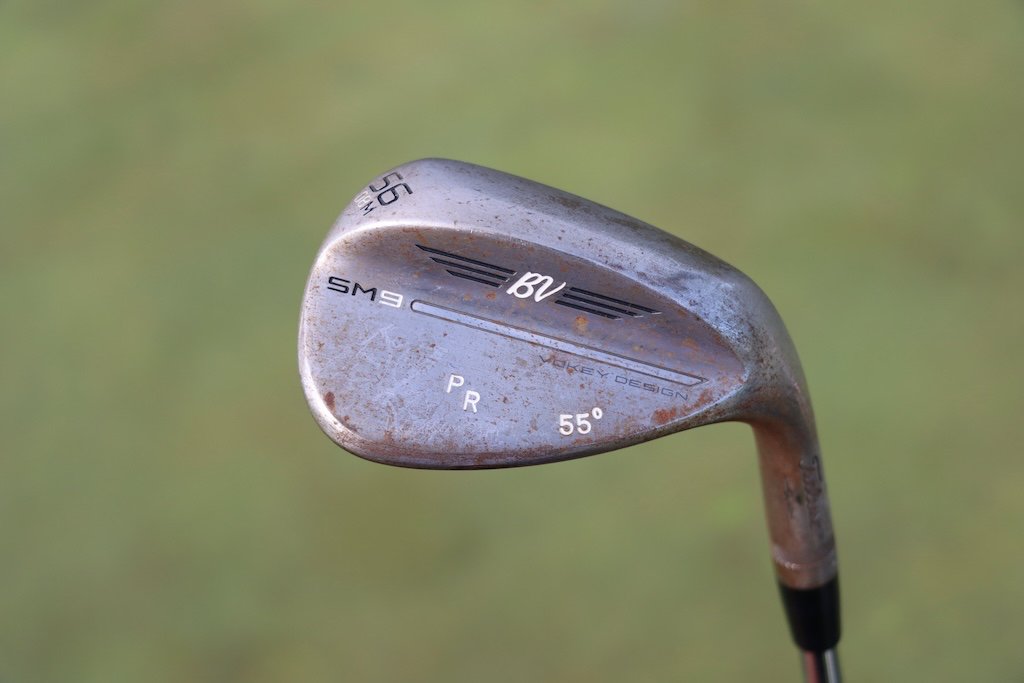
Putter: Odyssey White Hot RX Pt Customs No. 2
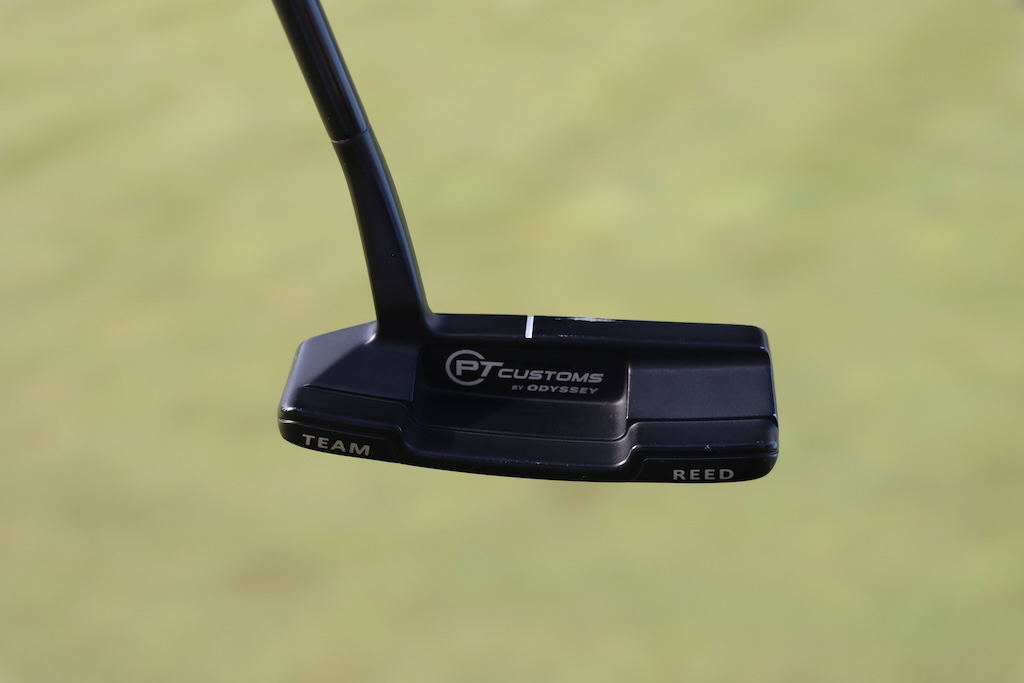
Ball: Titleist Pro V1
Grips: Golf Pride MCC
More photos of Patrick Reed’s WITB in the forums.
- LIKE0
- LEGIT0
- WOW0
- LOL0
- IDHT0
- FLOP0
- OB0
- SHANK0
Equipment
John Daly’s $750 custom irons and 10 must-see gear photos from the 2024 PGA Championship
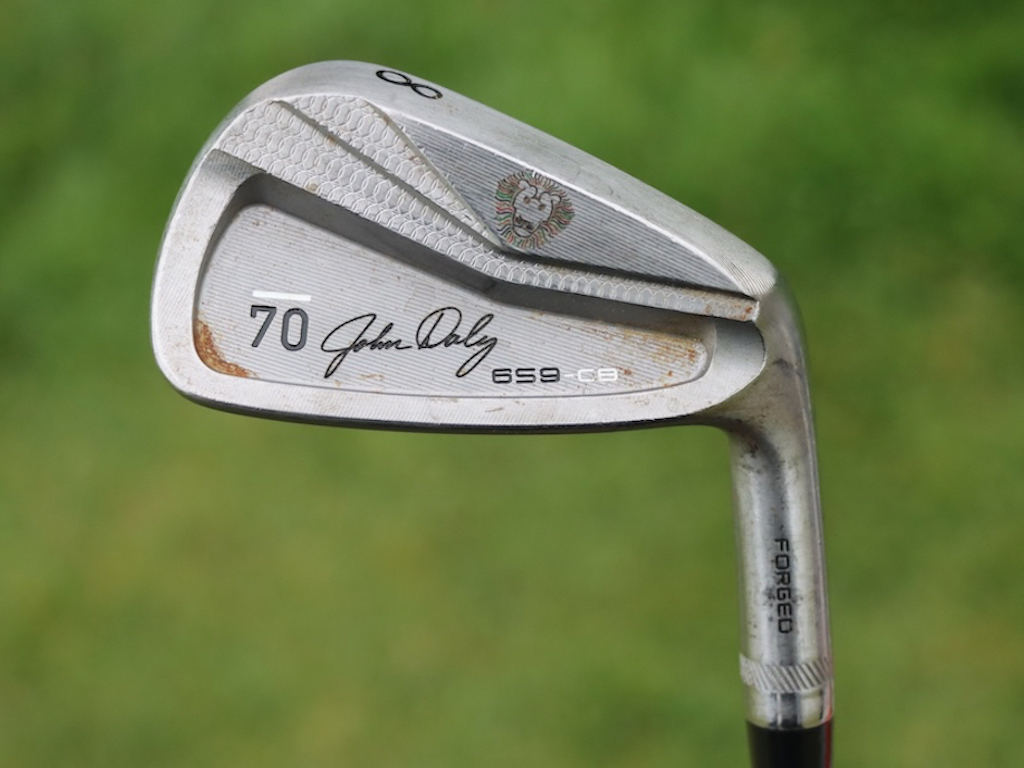
Welcome to the 2024 PGA Championship at Valhalla Golf Club in Louisville, Kentucky.
In the last two PGA Championships held at Valhalla, Tiger Woods won in 2000 – when he famously pointed his golf ball into the hole during the historic duel with Bob May – and Rory McIlroy won the 2014 event, basically in the dark on the final hole.
The point is, history shows that Valhalla tends to produce top-tier champions and plenty of drama.
This week at the 2024 PGA Championship, GolfWRX got its first up-close look at what some of the LIV Tour players have in their bags in 2024. We also caught back up with a few PGA Championship legends, such as Rich Beem and John Daly, and we dove into the bags of PGA Sectional qualifiers, too.
In total, we captured 47 different photo galleries this week, including 32 individual What’s In The Bag (WITB) forum threads. Click here to see all of our photos from the event, or continue reading to see my 10 equipment highlights from Valhalla.
1) Brooks Koepka’s new putter
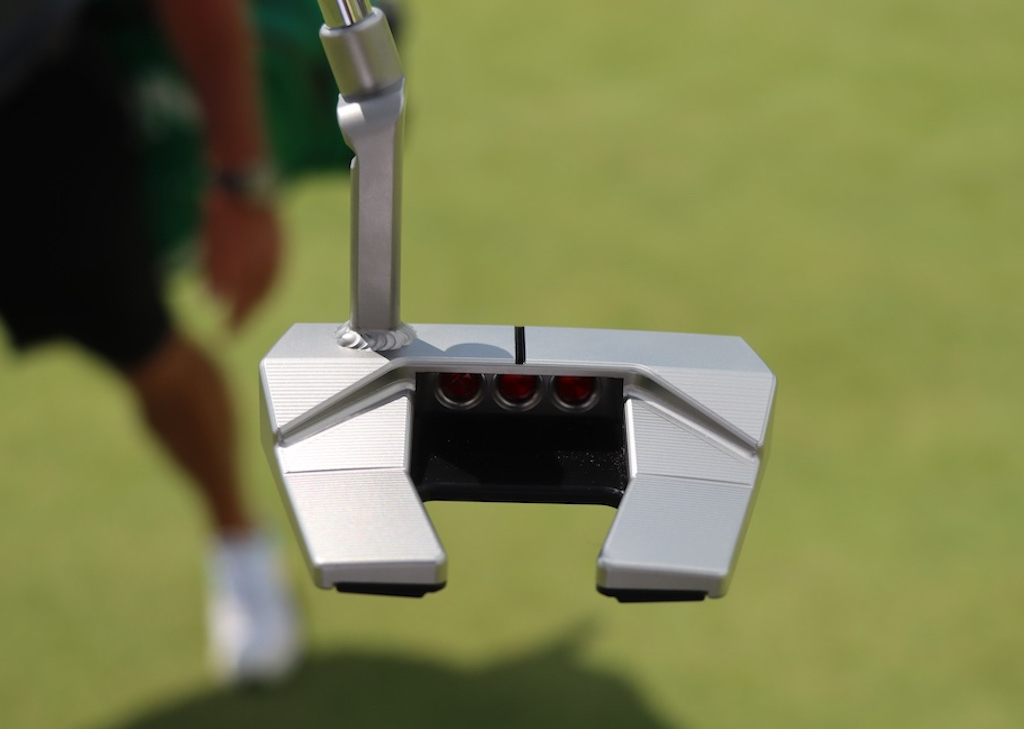
Koepka was previously using a Scotty Cameron T5.5 putter with a slant neck, which he used to win at the beginning of the month in Singapore on the LIV tour. This week, however, he tried a T5.5 with a plumbers neck instead of the slant neck, and it’s immediately going in the bag. According to Scotty Cameron Tour rep Drew Page, Koepka already loved the head, and now finds the plumbers neck a bit more familiar to the blade-style putters he’s used throughout most of his career.
2) The lead tape king returns, with putting goggles
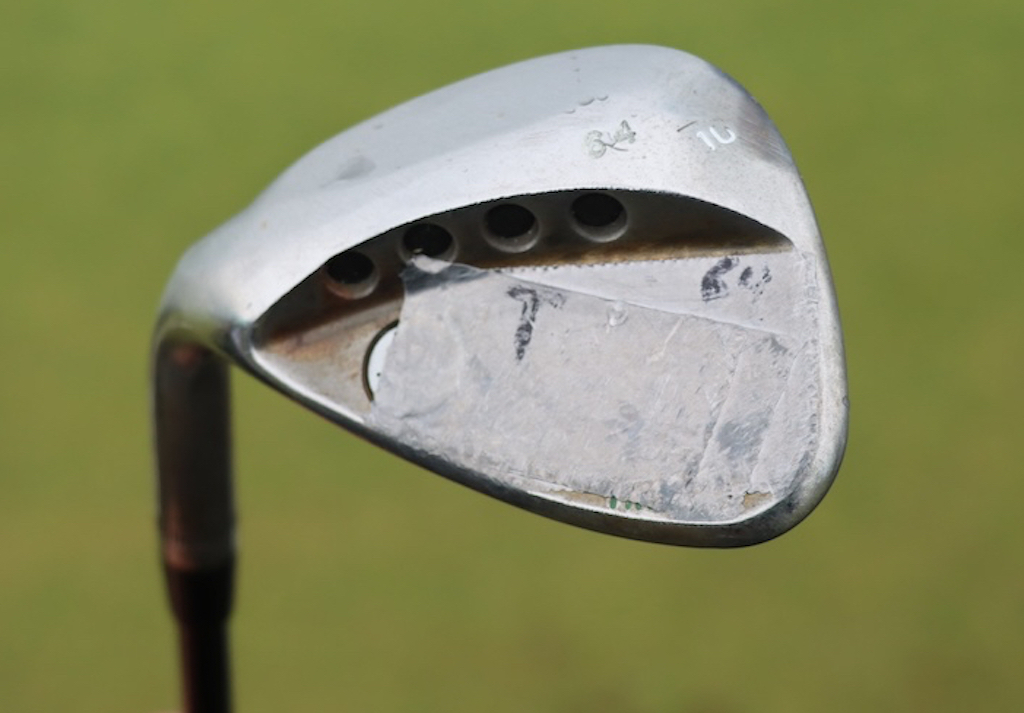
Phil Mickelson has always been one of the GOATs when it comes to lead tape usage, so it was no surprise to see his 64-degree custom Callaway wedge slathered with slabs of lead tape on the back.
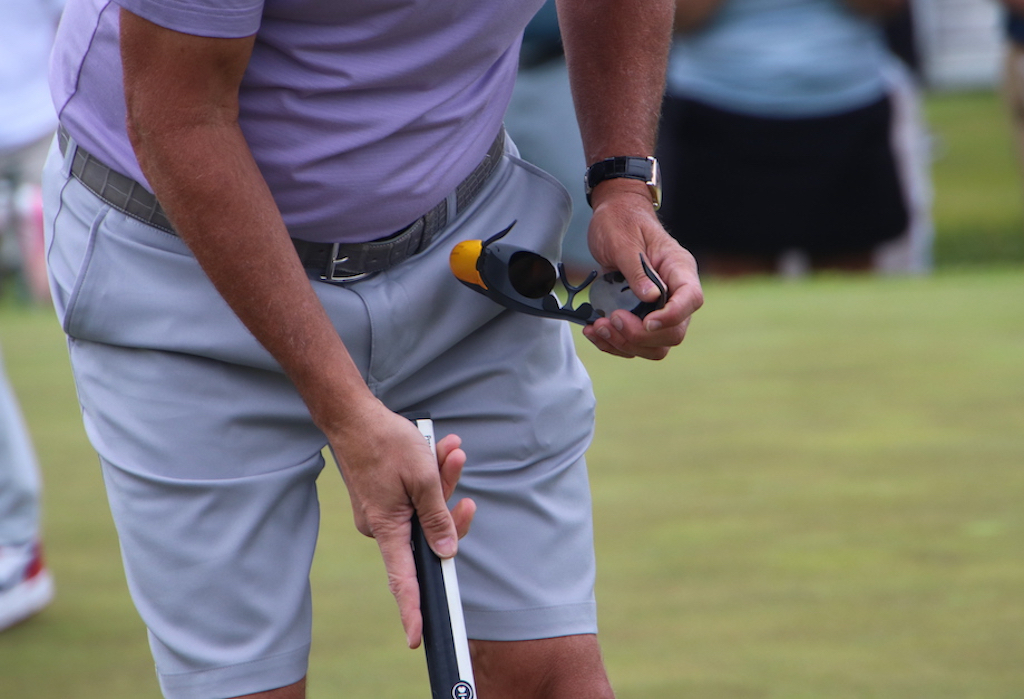
The big surprise was that lefty was spotted using ProAim putting training goggles on Wednesday during his warm-up session.
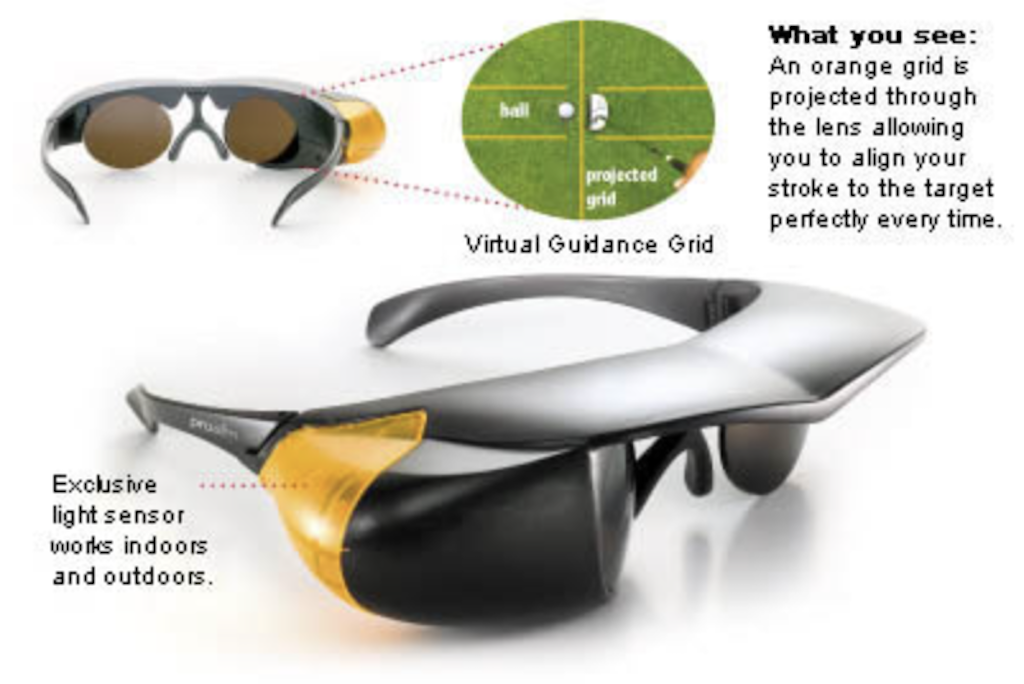
The ProAim goggles are helpful to find center lines and ensure proper alignment to the target.
See Phil Mickelson’s full WITB from the 2024 PGA Championship
3) Dobyns’ old-school gamer setup
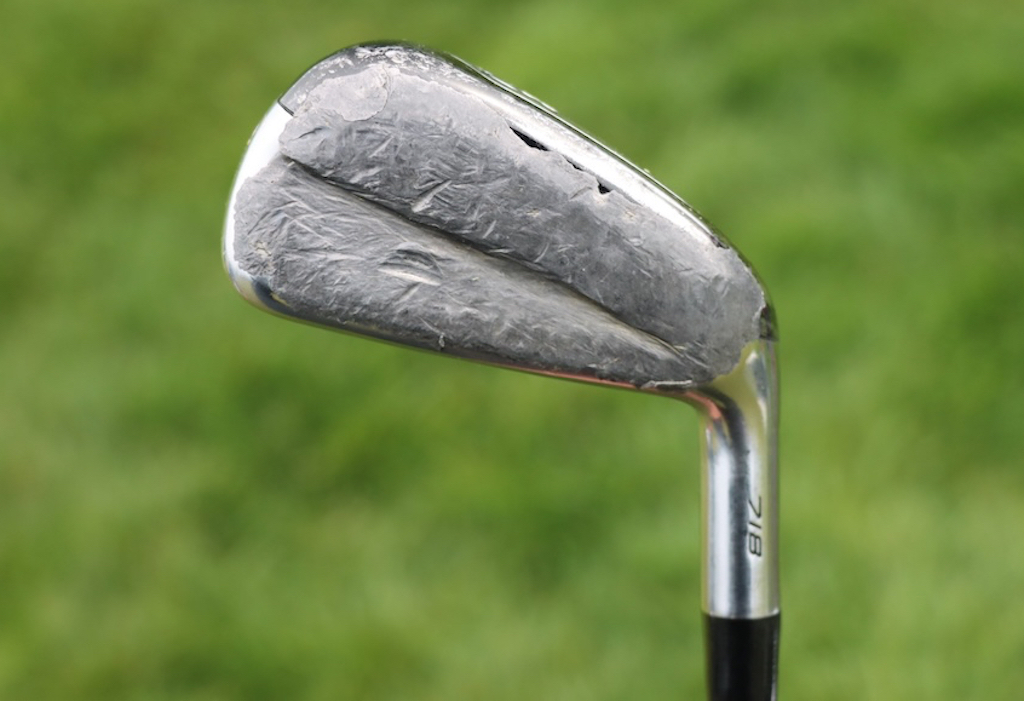
Speaking of lead tape, check out Matt Dobyn’s old Titleist 718 T-MB irons, which are so loaded with lead tape that the club is nearly unrecognizable.
Respect.
The head professional at Meadow Brook Club is making his sixth start in a PGA Championship, and he’s using a throwback Callaway GBB Epic driver with MOI-boosting lead tape and adjustable weight placements.
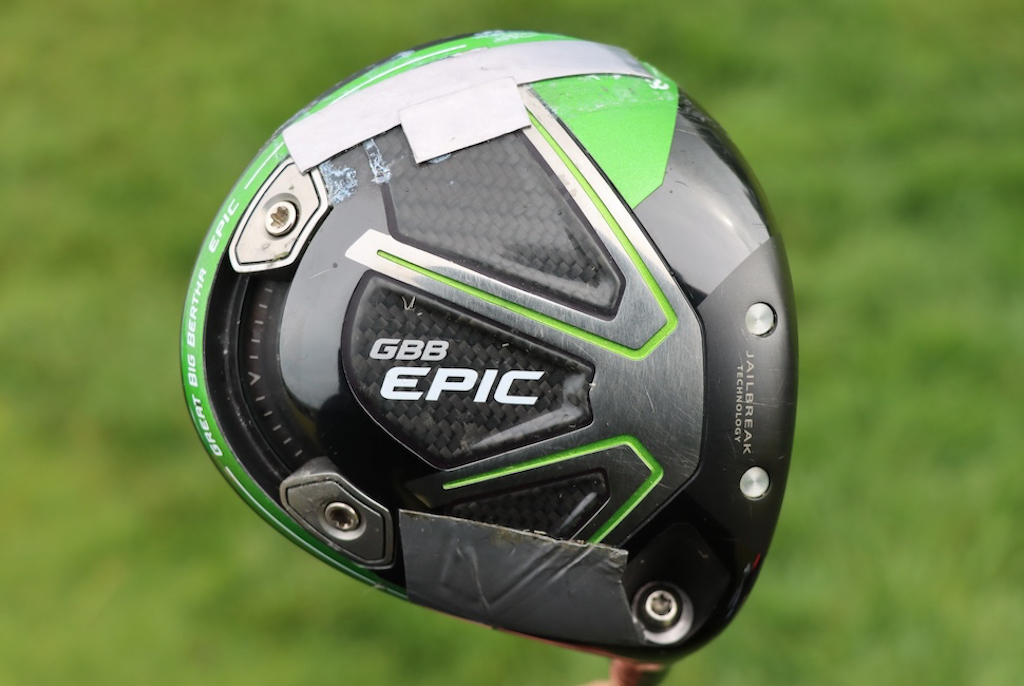
As GolfWRX Forum user “InTheBag” pointed out in our Matt Dobyns’ WITB thread, he has the type of setup that makes you want to hide your wallet: “I don’t know Mr. Dobyns, but one look at that bag tells me he can take your money,” writes InTheBag.
Spot on.
4) John Daly’s custom Sub70 irons and wedges

We first saw John Daly using $750 direct-to-consumer Sub70 659-CB irons and TAIII wedges at the 2023 PNC Championship, and he still has them in the bag, but he’s since stepped up the customization on the Sub70 clubs.
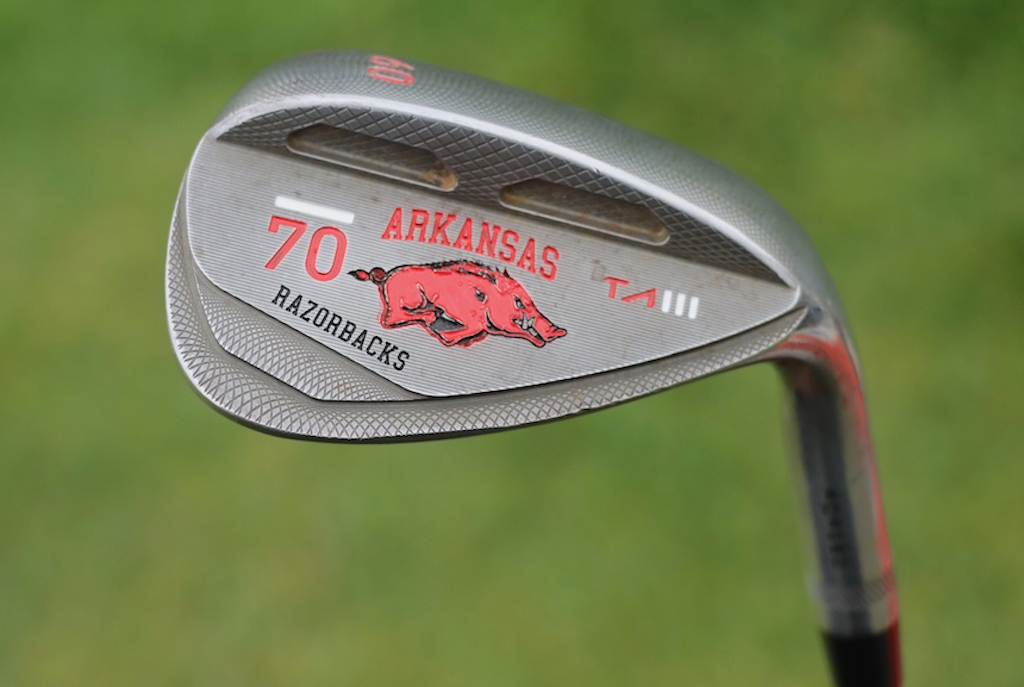
Does Daly ever NOT keep things entertaining?
View this post on Instagram
A true showman.
5) DJ’s custom putter
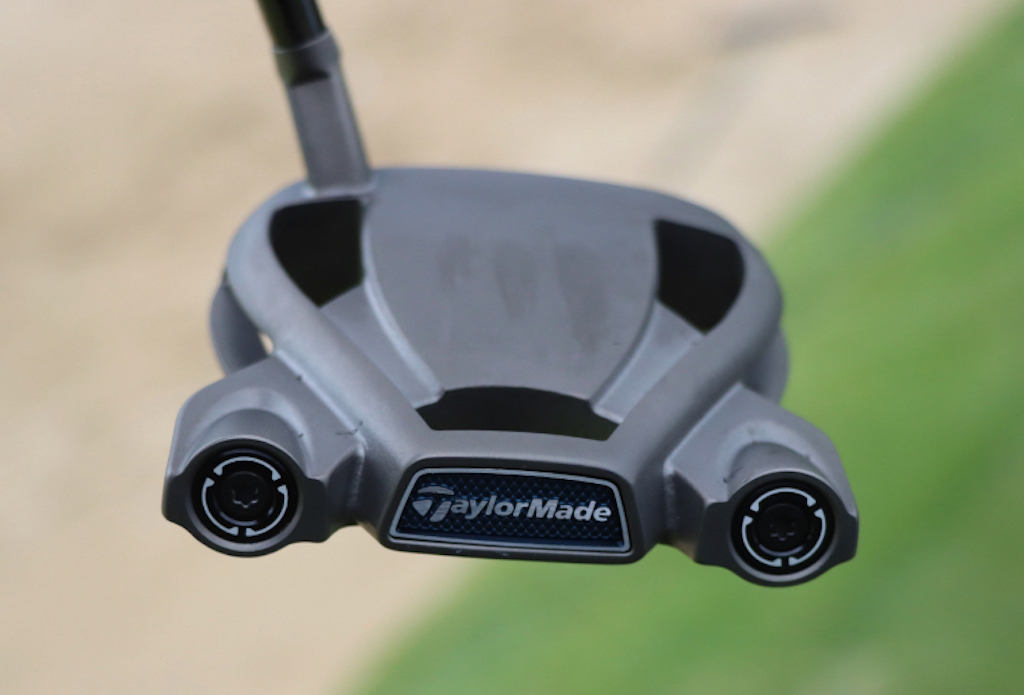
Dustin Johnson has always been one to test multiple putters week-to-week, and he has a keen eye for different alignment lines and crowns. This week, he’s opting for a completely gray TaylorMade Spider Tour “T3.0” prototype with a short slant neck.
See the rest of DJ’s WITB from the week here
6) Patrick Reed still rocking GrindWorks irons
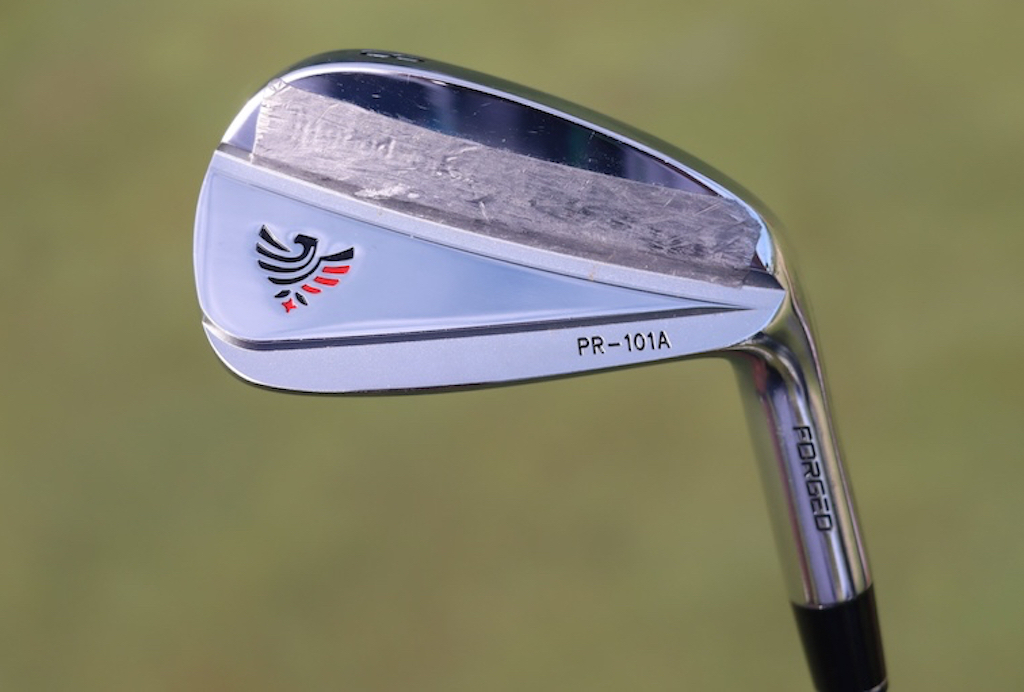
Patrick Reed knows his stuff when it comes to equipment, and he’s a prolific tester. Still, however, the GrindWorks PR-101A irons are squarely in the bag after his departure to the LIV tour.
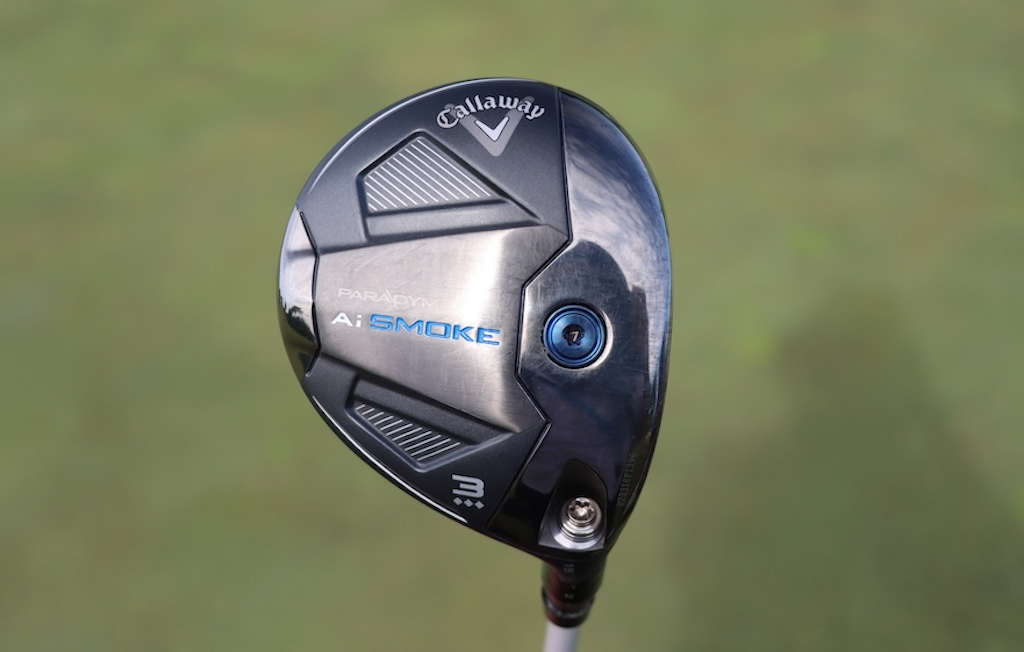
The most notable new addition to Reed’s bag is this Callaway Paradym Ai Smoke Triple Diamond 3-wood.
Click here to see Reed’s full WITB from this week
7) Beem’s Scratch set
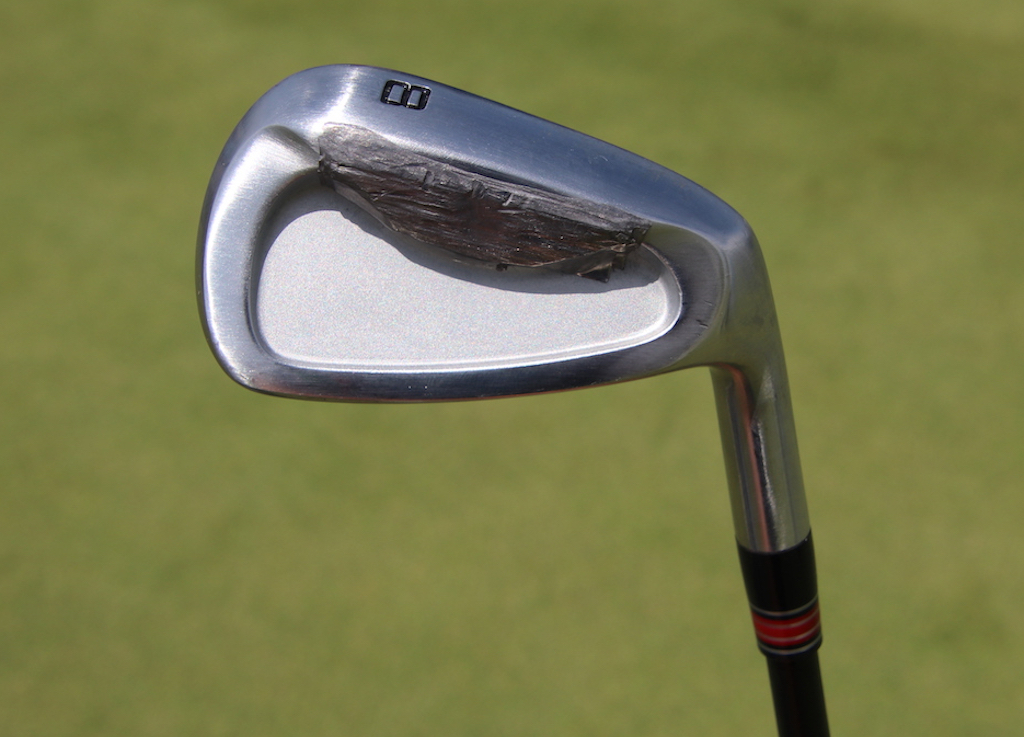
Rich Beem, who won the 2002 PGA Championship at Hazeltine National, came to the 2024 PGA Championship at Valhalla with a bag full of Scratch Golf irons, which are loaded with lead tape and equipped with some of the coolest custom ferrules in professional golf.
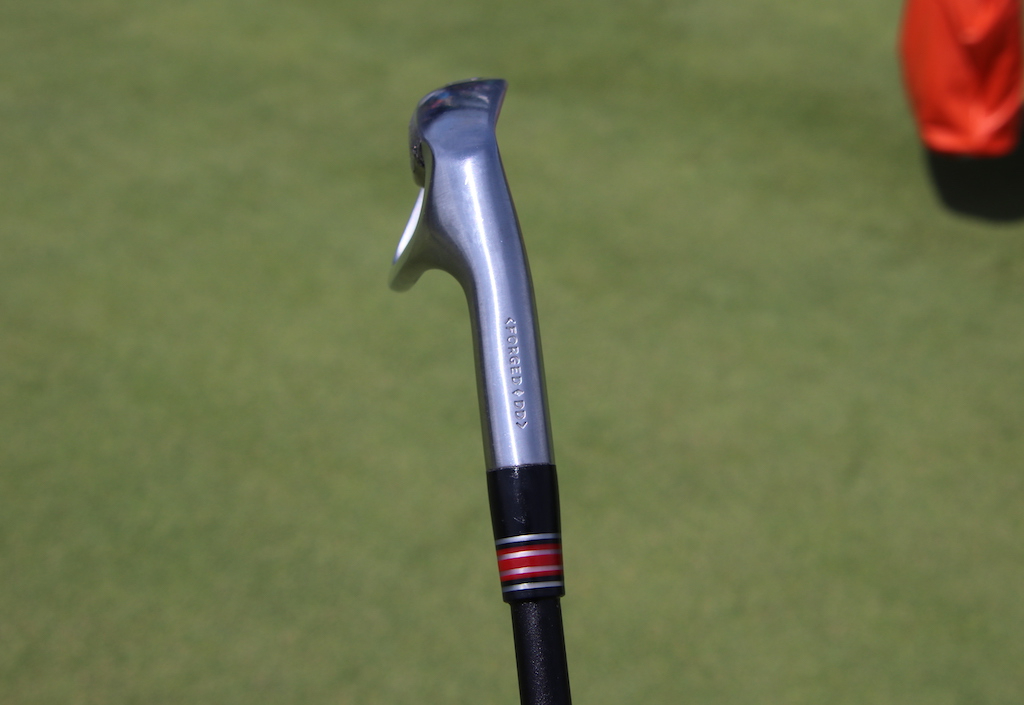
See Rich Beem’s full WITB here
8) Jon Rahm’s 10-iron
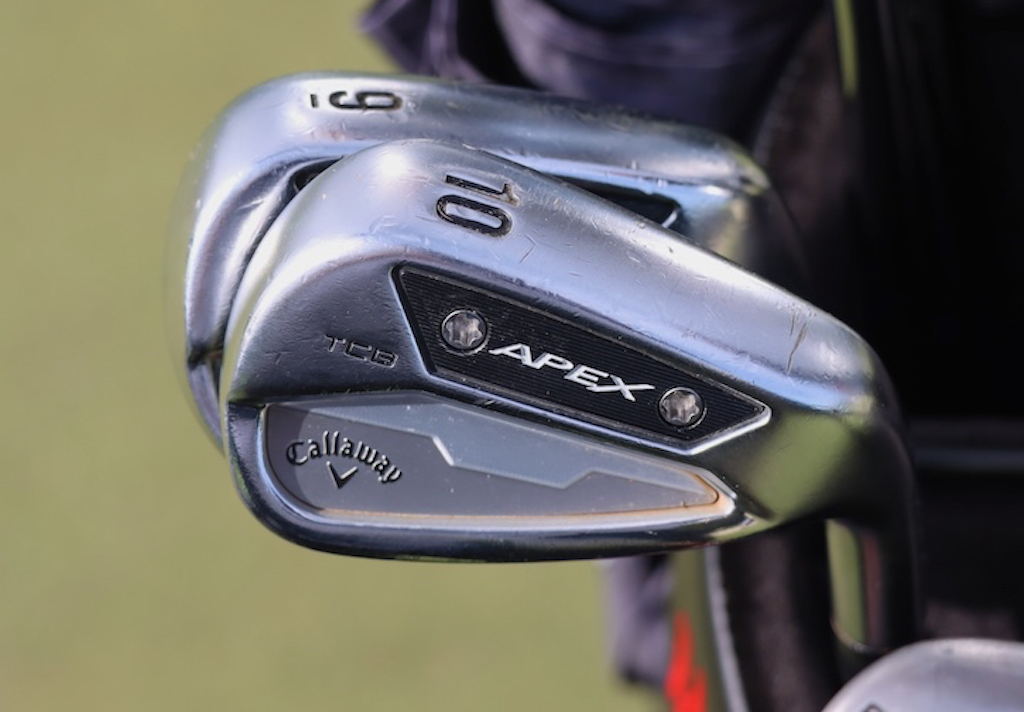
Before going to LIV, Rahm was using a Callaway Apex TCB pitching wedge.
Now, he’s using a Callaway Apex TCB “10 iron.”
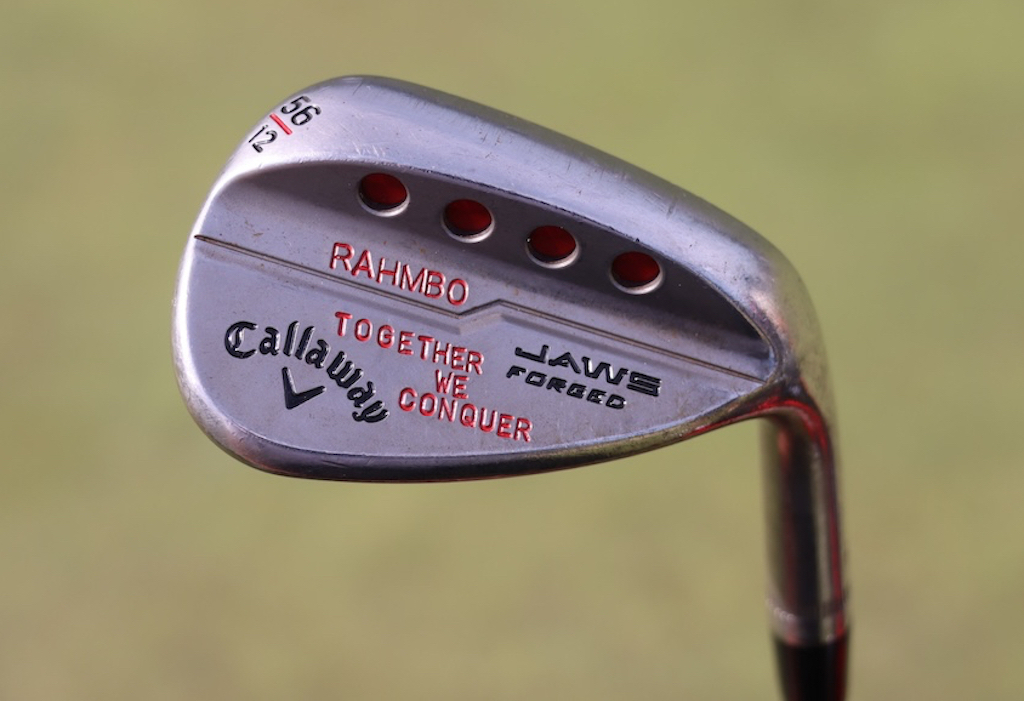
He’s also since upgraded to three Callaway Paradym Ai Smoke metalwoods, and fresh stampings on his Jaws Raw wedges. Click here to see Rahm’s full WITB from the 2024 PGA Championship.
9) “Why so serious?”
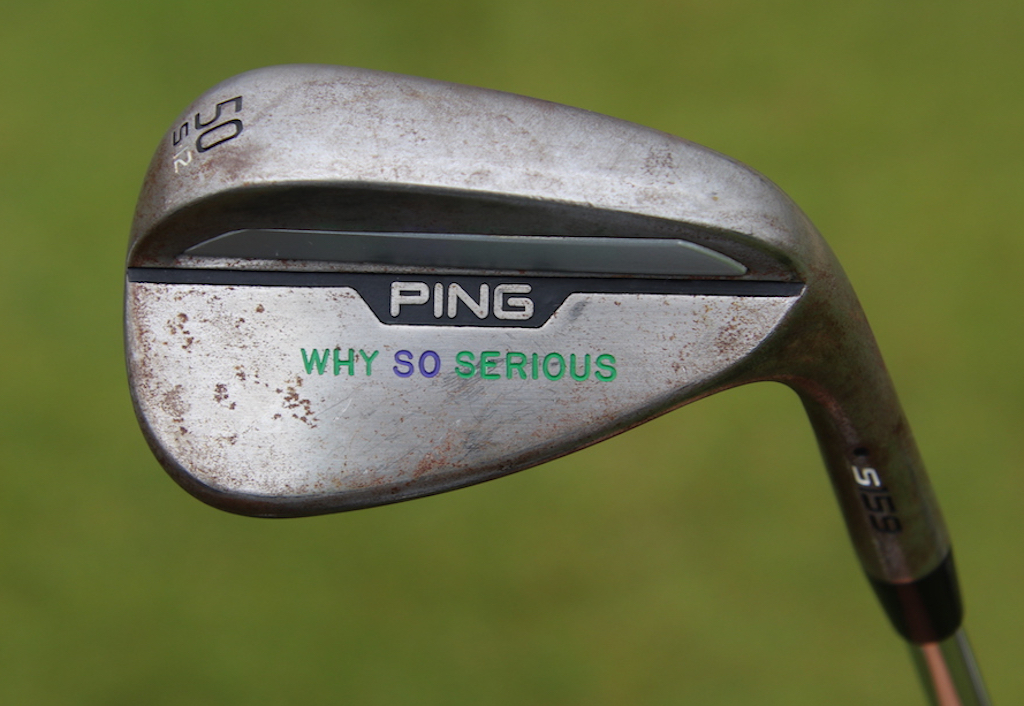
Tyrrell Hatton, another LIV player in the 2024 PGA Championship field, channels his inner Joker to ask everyone, “Why so serious?”
10) Block’s “Proto” iron, from address
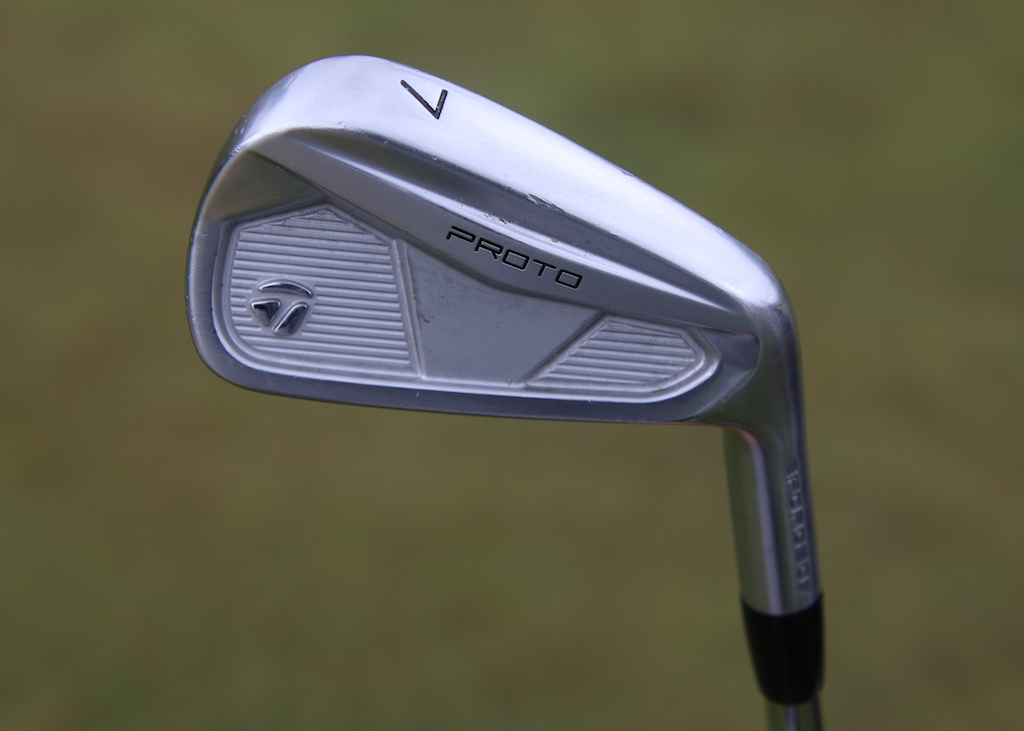
As you probably know by now, Block switched out of his old TaylorMade Tour Preferred MC 2014 irons, and into a full set of TaylorMade’s new “Proto” irons. We’ve already seen the Proto 4-iron in the bags of Rory McIlroy and Collin Morikawa, but this is our first look at the higher-lofted irons in the set.
Here’s a look at the 7-iron from address:
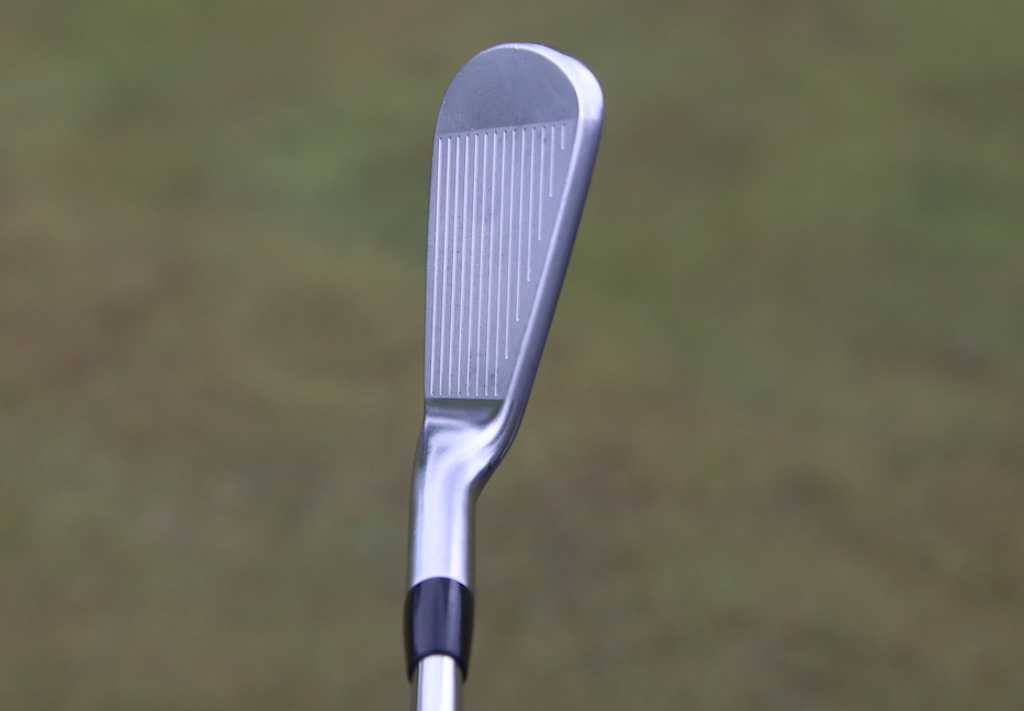
See what GolfWRX members are saying about the Proto irons in our Forums
And, with that, we say goodbye to Louisville, and the second major championship of the 2024 season. We’ll see you next week at the 2024 Charles Schwab Challenge in Fort Worth, Texas after a champion has been crowned.
Until then, don’t forget to check out all of our photos from this week at the 2024 PGA Championship!
- LIKE1
- LEGIT0
- WOW0
- LOL0
- IDHT0
- FLOP0
- OB0
- SHANK0
Whats in the Bag
Club Junkie WITB, league night week 5: Another L.A.B. putter arises

We will be one quarter of the way through Thursday night men’s league season after this week. BK played much better last week, so he is hoping to continue that success and post another good score.
Here are the 14 clubs that will hopefully win him some skins!
Driver: PXG 0311 Black Ops (9 degrees, neutral setting)
Shaft: Fujikura Ventus Blue 6 X (2024)
3-wood: Cobra Dark Speed LS Titanium (14.5 degrees, set +1)
Shaft: Graphite Design Tour AD IZ-7x
Fairway: Callaway Apex UW (19 degrees)
Shaft: Fujikura ATMOS Tour Spec Blue 8 X
Hybrid: PXG 0311 Black Ops 4h (22 degrees, Flat Setting)
Shaft: KBS Tour Graphite Hybrid Prototype 85 S
Irons: TaylorMade P770 Phantom Black (5-PW)
Shaft: KBS Tour 120 Stiff
Wedge: PXG Sugar Daddy II (50-13 BP)
Shaft: Nippon Modus3 Tour 120 Stiff
Wedge: PXG Sugar Daddy II (56-13 BP)
Shaft: Nippon Modus3 Tour 120 Stiff
Wedge: PXG Sugar Daddy II (60-13 BP)
Shaft: Nippon Modus3 Tour 120 Stiff
Putter: L.A.B. Mezz.1 Max
Shaft: Accra x L.A.B. White
Ball: Titleist ProV1 Enhanced Alignment
- LIKE1
- LEGIT1
- WOW1
- LOL0
- IDHT0
- FLOP0
- OB0
- SHANK0
-

 19th Hole3 weeks ago
19th Hole3 weeks agoLET pro gives detailed financial breakdown of first week on tour…and the net result may shock you
-

 19th Hole1 week ago
19th Hole1 week agoReport: LIV star turns down PGA Championship invite due to ‘personal commitments’
-

 19th Hole2 weeks ago
19th Hole2 weeks agoGary Player claims this is what ‘completely ruined’ Tiger Woods’ career
-

 Equipment1 week ago
Equipment1 week agoDetails on Justin Thomas’ driver switch at the Wells Fargo Championship
-

 Whats in the Bag2 days ago
Whats in the Bag2 days agoTiger Woods WITB 2024 (May)
-
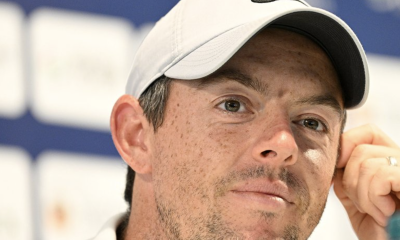
 19th Hole1 day ago
19th Hole1 day agoBrandel Chamblee says this is the primary reason why Rory McIlroy hasn’t won a major in 10 years
-

 Whats in the Bag3 weeks ago
Whats in the Bag3 weeks agoTeam McIlowry (Rory McIlroy, Shane Lowry) winning WITBs: 2024 Zurich Classic
-

 Whats in the Bag1 week ago
Whats in the Bag1 week agoKeegan Bradley WITB 2024 (May)

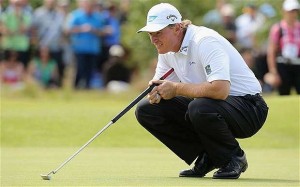

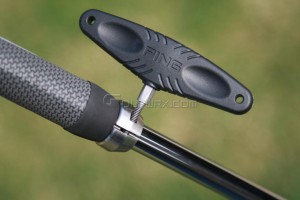
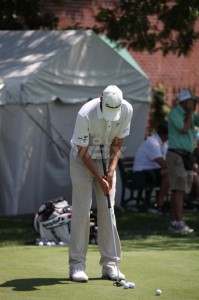
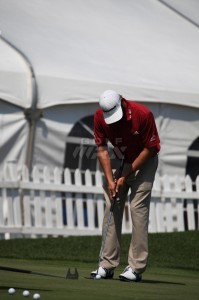
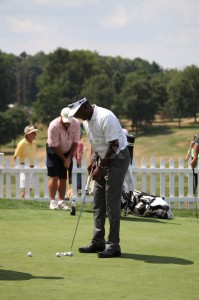
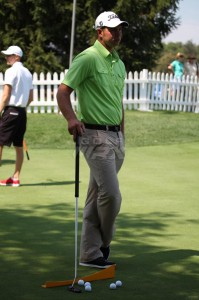




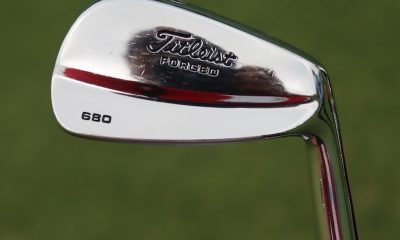

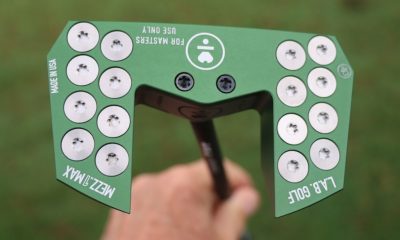

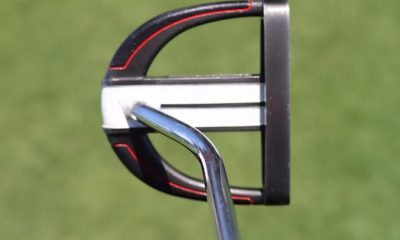

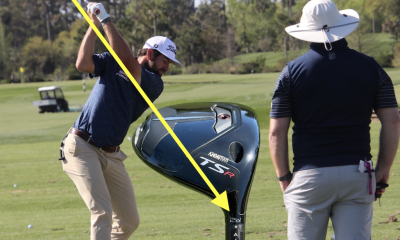

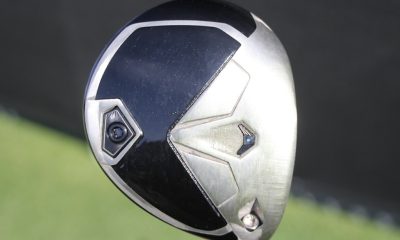

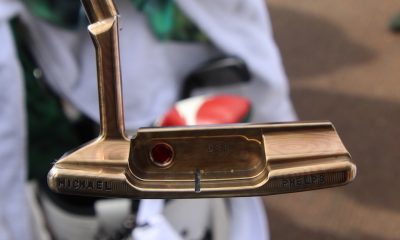











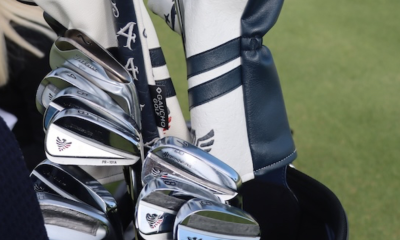

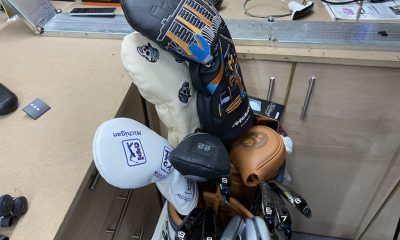

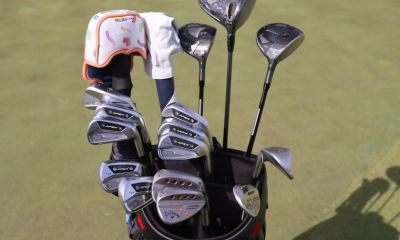

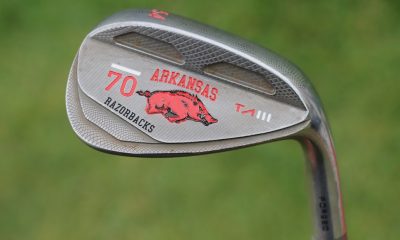

David
Aug 18, 2012 at 8:15 am
I personally have not been convinced the belly putter is better, I think the ball is going to far this is a problem that the golfing industry needs to address. It is costing the golf industry millions of dollars to get theses courses in tournament conditions, move all tee boxes back chang the greens all kinds of regulations to comply to the PGA rules, this in turn is getting into the back pocket of the regular guy who enjoys to play and this is the reason golf is declining.I know golf course owners who say that the golf business is on a 10 year decline absolutely proven fact,The rise in popularity brought on by TW in the 90s is over now we have all these course with no one to play them. Cost of golf is to high I think Pebble Beach is like 475, I played one in Atlanta that was350. To Expensive. Sorry for getting of subject just my yak on it. David.
sabres13
Aug 10, 2012 at 10:19 pm
Belly putters should remain legal. Just because coincidentally the 3 of the last 4 major winners used a belly putter, is not reason for them to be banned. Guys who use belly putters are not any better than guys with a standard length putter. The only reason that they switched to a belly putter in the first place is because they were bad putters with a standard length putter. Also keep in mind that if some guys were not allowed to use long putters such as Adam Scott, their careers would not have been as nearly successful. Its not cheating if everyone has the opportunity to use it
8thehardway
Aug 9, 2012 at 12:18 am
“He let the putter drop from his belly and raised his fist to the sky. ”
If that sentence doesn’t get these things banned, nothing will.
ca1879
Aug 8, 2012 at 5:02 pm
Non-issue. If they were such an advantage, everyone would have one. These guys play for millions. Do you think any of them are stupid enough to make a stand on some nonsense “principle”, and not use something that would help them win? They are different, not better. They are also legal, and the objections to them are based on style, not substance. This is all just a bunch of silly whining.
Pingback: Must have — Six great belly putters | GolfRumors.com
Pingback: The book on belly putters | GolfRumors.com
David30
Aug 1, 2012 at 10:43 pm
The truth is in the numbers. Of the other players using belly putters, were they putting significantly better than those with short putters. As Zak points out, Els was 71st of 83 players in putting. Doesn’t sound like the belly was real advantage there.
Chilidip
Aug 1, 2012 at 12:50 pm
The Sun – Golf
I’m a Big Easy cheat
Ernie Els says his own putter should be banned
BELLY ACHE … Ernie Els says his own putter should be banned
Published: 23rd July 2012
ERNIE ELS admits using a belly putter to win the Open is “cheating”.
The Big Easy, 42, has always been one of the most outspoken opponents of long putters.
But as his own performance on the greens deteriorated, he began experimenting with one two years ago.
And he used a belly putter to take advantage of Adam Scott’s collapse over the final holes at Royal Lytham.
Els said: “Nothing should be anchored to your body and I still believe that.
“But as long as it’s legal, I will keep cheating like the rest of them.”
Seth
Jul 31, 2012 at 1:10 pm
What about all the putts Ernie missed WITH the belly putter? Maybe he makes those with a regular length putter. It can be a two way street if you think about it. I am switching back to regular length after a long stint with bellies and have no reservations about using either. Plenty of pressure putts have been made and missed at crucial times with regular and belly putters. To say, in essence, that someone doesn’t deserve the win because they are using a belly is silly.
Robert
Jul 31, 2012 at 9:20 am
I think the key to determine here is whether it has been proven that the belly putter gives an unfair advantage over a “regular” length putter. Is there any evidence to suggest this is the case? You can’t rely on the fact that some players have had more success with them than before as this could easily be attributed to a mental or confidence issue and not a technical one. Surely this is just another evolution within golf like the metal wood or lob wedge. Before both of those were introduced, the majority were not using them and now they are the standard. I use a belly putter myself and I believe a lot of its success can be attributed to a better mental state of mind and confidence and less to mechanics. Please feel free to point me in the direction of scientific evidence that they are an advantage, I’d be pleased to read it.
gg
Jul 31, 2012 at 1:04 am
Belly putters should be banned, at every level. period.
Jason
Jul 30, 2012 at 3:55 pm
They should not be banned on any level. Some of the games great players and fan favorites will become used car salesmen. Adam Scott, Couples, and Singh will be forced into retirement before their time.
Adam
Jul 30, 2012 at 3:38 pm
Belly putters should not be banned, at every level. period.
2ball
Jul 30, 2012 at 2:31 pm
Belly putters should be banned, at least at the professional level. period.